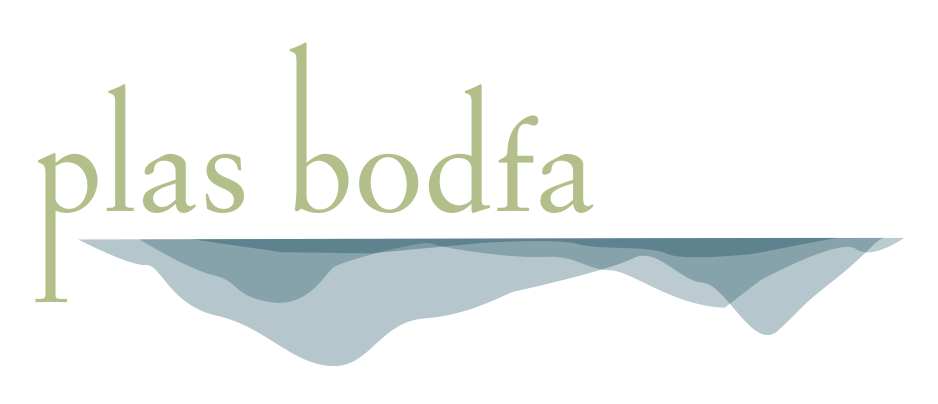June : EXHIBITION
The theme for June is EXHIBITION.
Watch the second exhibition tour and LIVE event here.
EXHIBITION
Exhibitions happen in contrived spaces. These spaces exist through a level of mutual understanding amongst those involved, the creators and the visitors. They are a display, an offering, a spectacle. They require an acceptance that the space itself has significance, that the objects and happenings within the space have a heightened sense of significance and meaning because of their presence in the space.
This can only be maintained for so long. When public becomes private, the meaning changes. It becomes a shrine, a memorial, a mausoleum. You can live with art, but you don’t live in an exhibition, different rules apply.
Exhibitions are short-term. Finite. There is a start, a middle and a finish. But now my own life is unavoidably woven into the mix. Maintaining the idea of the exhibition alongside everyday life is an interesting conflict. At this point, eight weeks after the exhibition was meant to close, the line between the two is inevitably blurred.
There are many rooms in the house that are very exhibition-like: works installed, neat, tidy, ready to go, maintaining their sense of display. Some are suspended in time: work unfinished, humans removed, perpetual ‘work in progress’. Others just are what they have always been: storage spaces and dump zones. Still others we have inhabited ourselves: they are active workspaces, seed sprouting areas, studios, offices and playrooms.
I’ve been trying my best to share this private experience. I’m creating documentation, making videos and giving virtual tours, but experiencing an exhibition though the lens of a camera is completely unfair. The audience is at my mercy, following along at my pace, watching what I show, from my perspective. The viewer has no control, no autonomy. You aren’t allowed to go up close and judge people on their craftsmanship, or experience the texture of the materials. You can’t peak around the back of a work and satisfy your curiosity about the hanging system, or judge how straight it is, or pass any of the normal judgements that you might do when looking at an artwork.
For some works, isolated documentation works to their advantage. One can give equal attention to all works, regardless of scale or position. One can experience the works slowly, in a focused manner, over time.
One of the main factors in exhibition-making is a sense of place - where it is, how it feels, who you are visiting with and even how you got there. It is a shared experience. In sending photos and videos out into the world, one has no authority over how they are experienced, what size screen they have, or what else they are doing.
Documentation as a compromise. It is not the same, in any way, as attending an event or seeing artwork in person. But what are we to do? What are our options then? Create art that photographs well? Generate experiences within the digital realm? Just make what we want to make regardless of audience? Create works that are autonomous and portable by nature? I think we must first asses our means, reasons and goals for doing the things that we do. And where we go from here I have no idea.
8 June, 2020
Julie Upmeyer
